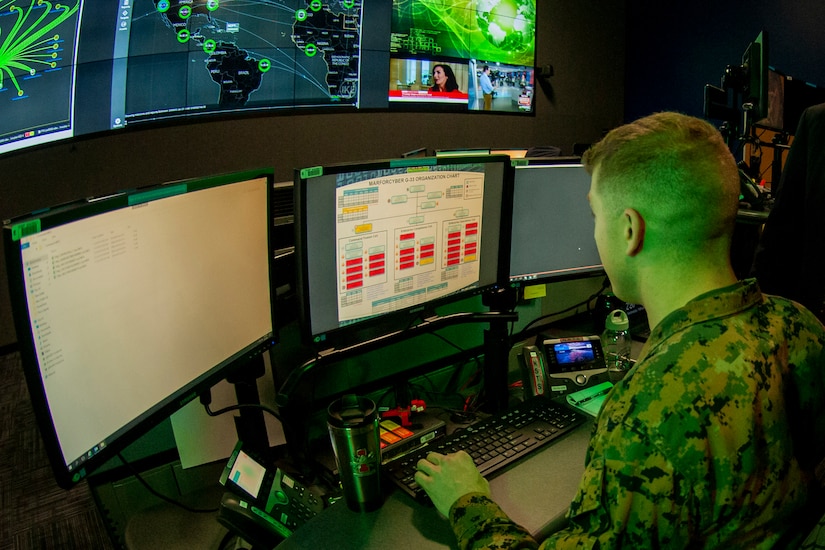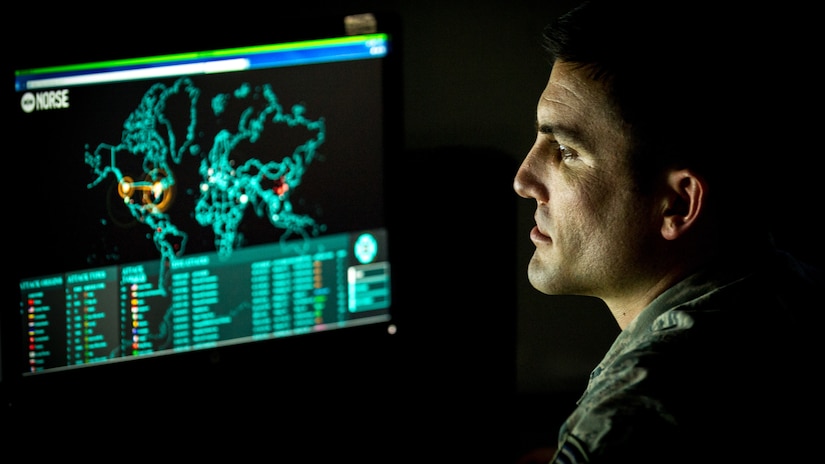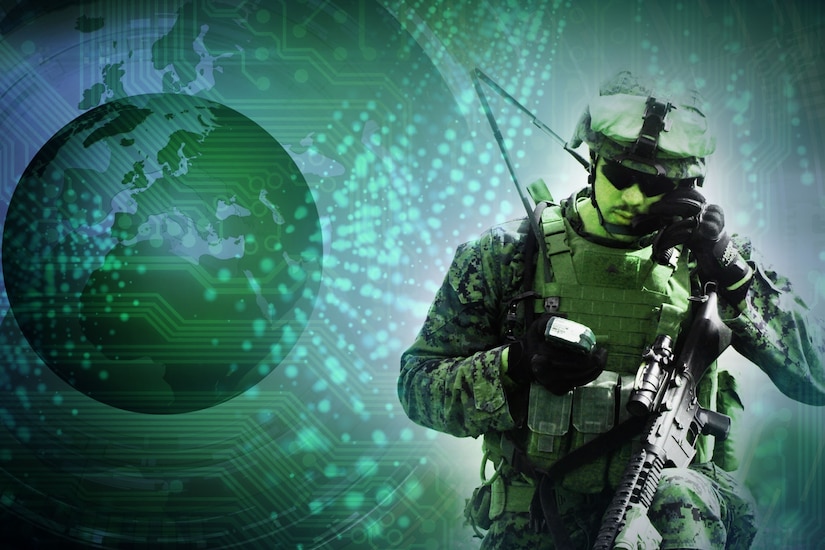''Our secretary of defense did a great job of making it perfectly clear what his expectations were,'' Dana Deasy said yesterday during a discussion with Martin Giles of the Forbes media company. ''Very early on, he said, 'Protect our employees.' I took that to mean from an IT standpoint that anybody and everybody who needed to work outside their normal environment could do that without any failure. Failure was never going to be an option for us.''
Esper also emphasized that the mission must be protected as well and that the department could not fail in its responsibility to protect the United States, Deasy said.

''That means Protect our country,''' Deasy said. ''That means anywhere around the world, any mission that needed to be done, there could be no interruption. From a technology standpoint, that simply meant [that] while we were driving a lot of people outside the Pentagon and to home, we need to somehow to make sure those same people that were now working from home were going to be able to support the mission.''
Protecting the workforce and keeping the mission on track involved significant involvement from the CIO workforce — in particular, with implementing telework capability to a large number of employees, Deasy said.
Before COVID-19, he said, about 80,000 to 90,000 people per day were teleworking across the department. The numbers of people who would need to be able to work from home once COVID restrictions were put in place weren't known at the time, the CIO noted. ''We now know it was a 10 times growth,'' he said. ''We are supporting somewhere between 1 and 1.2 million people concurrently, all working from home at the same time.''

A big part of making that happen, Deasy said, was the department's implementation of the ''Commercial Virtual Remote'' tool, which allows teleworking employees to form teams and collaborate online. Within two weeks, he said, about a quarter million employees were connected with the CVR. Within 90 days, he said, that was up to a million.
The defense secretary also emphasized the department's commitment to contribute to the whole-of-government effort to combat COVID-19, Deasy said. From the CIO's perspective, that involved providing IT and networking support to a variety of missions, including the Army Corps of Engineers setting up field hospitals in convention centers, National Guard efforts in local communities, and Navy hospital ships in New York and Los Angeles.
Deasy also discussed efforts to evaluate how the department's digital modernization strategy might be accepted by the DOD workforce — in particular, the service members at the tactical edge who might be affected by changes.
The department's digital modernization strategy touches on cybersecurity, artificial intelligence and cloud computing. All are common factors in similar modernization plans for private-sector companies, but Deasy pointed out that a unique focus of DOD's strategy is command, control and communications, or C3.

''What I think was quite fascinating was how we went about actually testing whether that strategy was going to make sense to the warfighter,'' he said.
In his first six months as the CIO, Deasy said, he traveled to Afghanistan to meet with warfighters and commanders who might be most affected by DOD's digital modernization strategy.
''I [talked with] the warfighters that were going out every night on a mission — whether that was to a village, whether it was in caves, the side of the mountain — and actually have them show me how they were using the stuff we were putting into our digital modernization strategy,'' he said.
Service members are not shy about sharing their opinions, Deasy said, and they made it clear the strategy was good.
''They're very clear to tell you how they feel about your digital monetization,'' he said. ''They were in environments where they were constantly getting degraded, they were getting denied by the adversary. So the C3 strategy was actually validated by looking about what you could and could not do.''






No comments:
Post a Comment